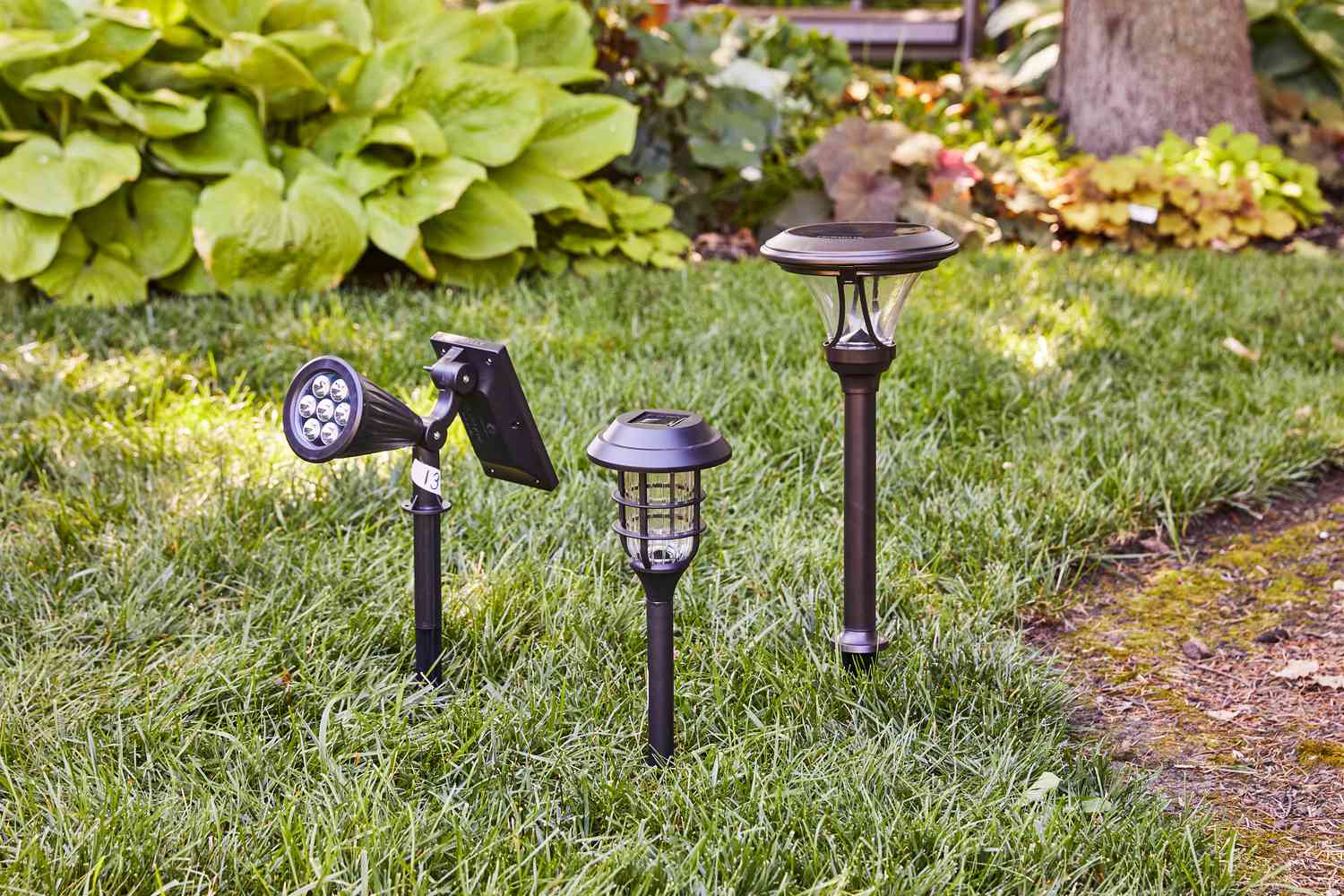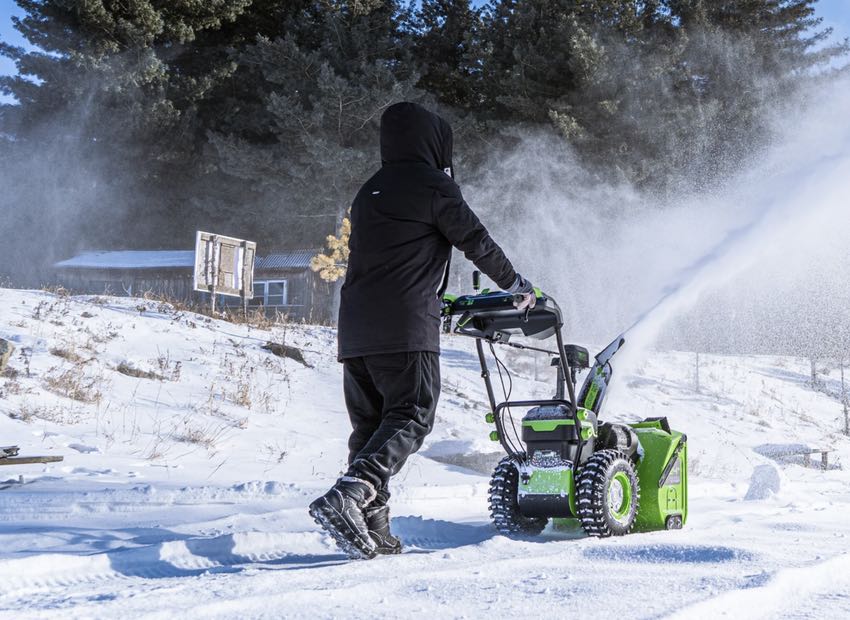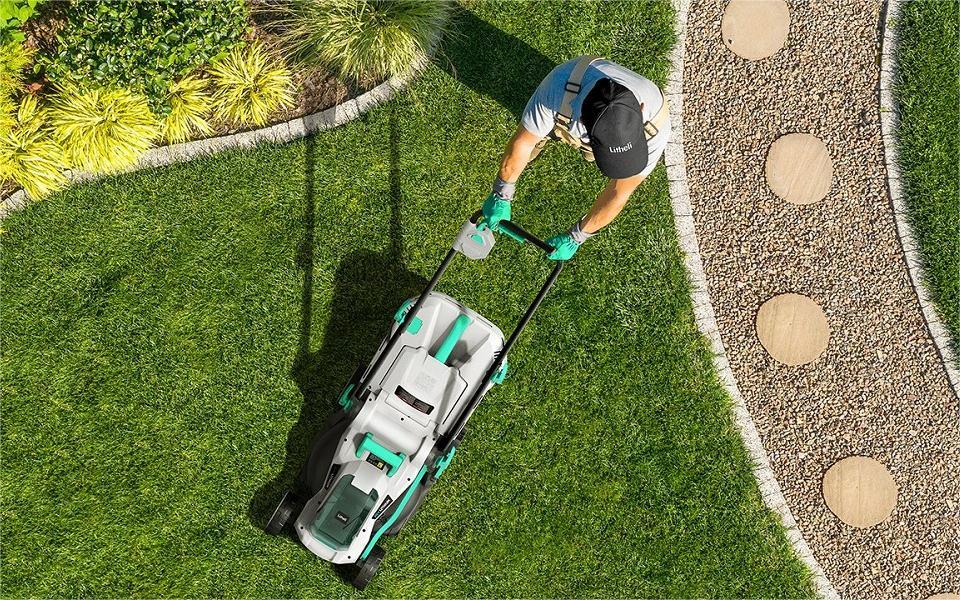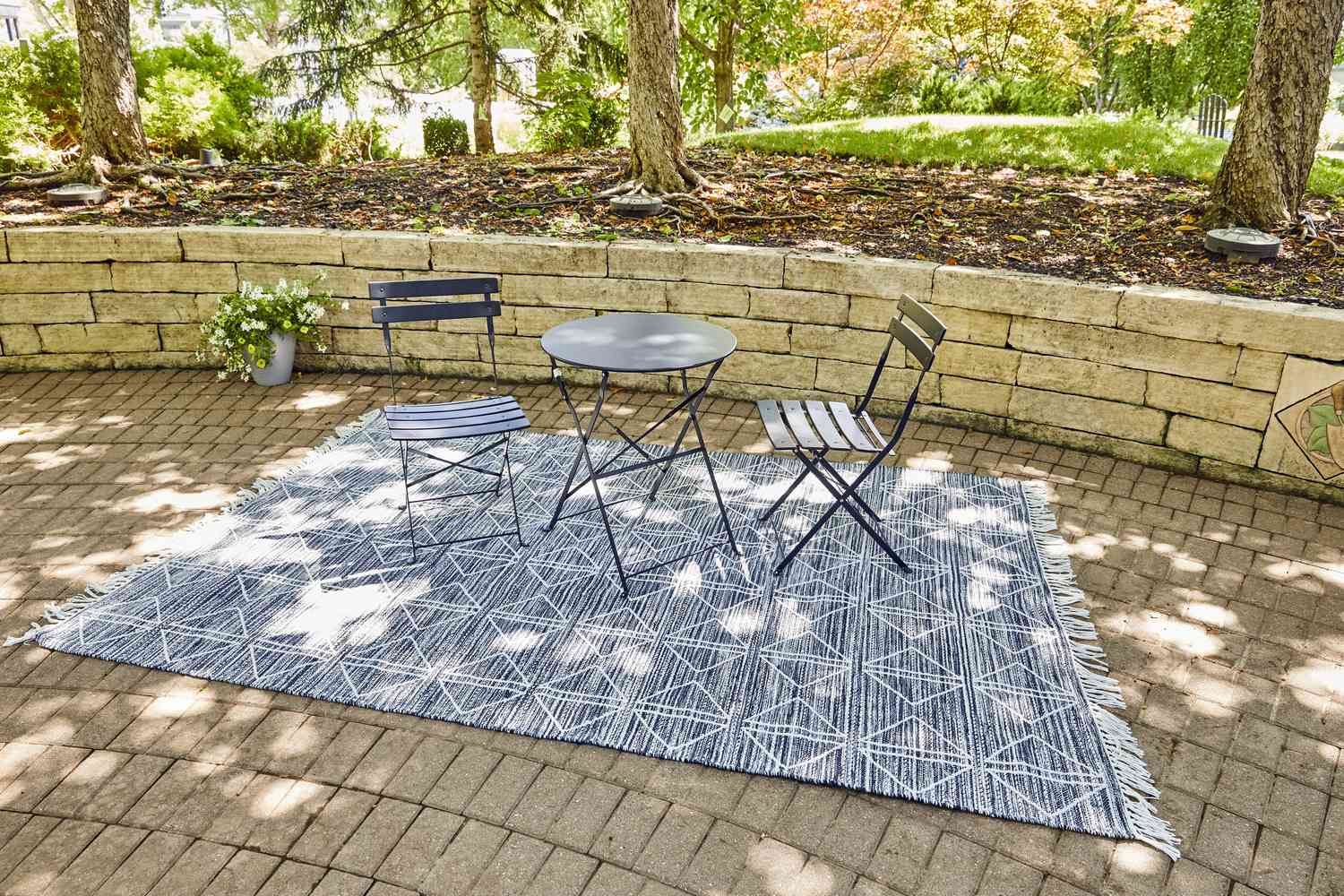Patio Umbrellas Vs Outdoor Curtains: Transform Your Outdoor Space with these Power-Infused Elements
Patio umbrellas provide shade and protection from the sun, while outdoor curtains add privacy and create a cozy atmosphere. Whether you want to shield yourself from the blazing sun or create a secluded outdoor space, patio umbrellas and outdoor curtains offer different benefits that can enhance your outdoor experience. Patio umbrellas provide a portable and adjustable shade solution, allowing you to easily move and position them according to the sun’s trajectory. On the other hand, outdoor curtains can be permanently installed and offer privacy as well as protection from bugs and wind. Both patio umbrellas and outdoor curtains have their own unique advantages, and the best choice depends on your specific needs and preferences. Enhance Your Outdoor Ambiance Enhance your outdoor ambiance with the perfect choice between patio umbrellas and outdoor curtains. Create a stylish and functional space that complements your patio or backyard, giving you shade and privacy while enjoying the great outdoors. Creating The Perfect Outdoor Oasis Imagine stepping onto your patio on a beautiful sunny day, surrounded by lush greenery and a gentle breeze in the air. To enhance your outdoor ambiance and create the perfect oasis, you have two great options to choose from: patio umbrellas and outdoor curtains. Whether you’re looking to shield yourself from the sun’s rays or add a touch of elegance to your outdoor space, patio umbrellas and outdoor curtains can transform your patio into a cozy retreat. Let’s take a closer look at these options. Transforming Your Space With Patio Umbrellas: Enjoying The Elegance Of Outdoor Curtains: Whether you opt for the practicality of patio umbrellas or the elegance of outdoor curtains, both options have the potential to enhance your outdoor ambiance and create the perfect oasis. Choose the option that best suits your needs, and get ready to enjoy countless relaxing moments on your patio, enveloped by the beauty of your transformed outdoor space. Patio Umbrellas: Shelter And Style Patio umbrellas offer both shelter and style to your outdoor space, while outdoor curtains provide an alternative option. Choose between the two based on your preferences and needs for a cozy and appealing patio setting. The Versatility Of Patio Umbrellas Styling Options For Patio Umbrellas Choosing the right patio umbrella involves considering its versatility, styling options, and the specific requirements of your outdoor area. By understanding the various aspects, you can select an umbrella that not only provides shelter but also enhances the overall appeal of your patio or garden. Outdoor Curtains: Privacy And Elegance Outdoor curtains offer a perfect blend of privacy and elegance, creating a beautiful ambiance for your patio. With their ability to block out the sun and provide an intimate setting, they are a stylish alternative to patio umbrellas. Adding Privacy With Outdoor Curtains Outdoor curtains are an excellent solution for enhancing privacy in your outdoor space. Whether you have nosy neighbors or simply want a secluded and intimate ambiance, outdoor curtains can provide the necessary coverage. Here’s why: Apart from providing privacy, outdoor curtains also offer aesthetic benefits. Let’s explore these advantages: Picking The Right Fabric And Color Selecting the appropriate fabric and color for your outdoor curtains is crucial to achieving the desired visual impact. Consider the following factors when making your choice: Outdoor curtains serve a dual purpose of adding privacy and elegance to your outdoor space. By carefully selecting the right fabric and color, you can transform your patio or deck into a private sanctuary that reflects your personal style. So, go ahead and explore the endless possibilities that outdoor curtains offer to enhance both the aesthetic appeal and functionality of your outdoor living area. Choosing Between Patio Umbrellas And Outdoor Curtains Choosing between patio umbrellas and outdoor curtains can be daunting, but both options offer unique benefits. Patio umbrellas provide versatile sun protection, while outdoor curtains create a cozy and private atmosphere. Consider your specific needs and preferences to find the perfect balance for your outdoor space. When it comes to creating a comfortable and stylish outdoor space, patio umbrellas and outdoor curtains are two popular options. Both provide shade and privacy, but each has its own unique features and benefits. To help you decide which option is best for your needs, consider the following factors: Factors To Consider When Deciding: Maximizing Functionality With Both Elements Maximize the functionality of your outdoor space with patio umbrellas and outdoor curtains. These two elements provide both shade and privacy, creating a comfortable and versatile area for relaxation and entertainment. Choose the option that best suits your needs and transforms your patio into an oasis. Combining Patio Umbrellas And Outdoor Curtains If you’re looking to create a truly versatile outdoor space, why choose between patio umbrellas and outdoor curtains when you can have both? By combining these two elements, you can maximize functionality and enhance the overall aesthetic of your patio or garden area. Let’s explore how the combination of patio umbrellas and outdoor curtains can transform your outdoor space into a multi-functional oasis. Benefits Of Patio Umbrellas: Benefits Of Outdoor Curtains: By combining patio umbrellas and outdoor curtains, you create a multi-functional outdoor space where you can enjoy the benefits of both elements. The shade provided by the patio umbrella can be complemented by the privacy and aesthetics offered by the outdoor curtains. Whether you’re seeking relief from the sun’s rays or looking to create a cozy ambiance, the combination of patio umbrellas and outdoor curtains allows you to tailor your outdoor area to your needs and preferences. Remember, the key to maximizing functionality is to find the perfect balance between the two elements. Experiment with different placements and configurations to create a harmonious and inviting outdoor space that caters to your specific requirements. So go ahead, embrace the possibilities, and transform your patio or garden into an oasis that seamlessly blends style and functionality. Credit: www.architecturaldigest.com Maintenance And Care Tips Discover the best ways to maintain and care for your patio umbrellas and outdoor curtains with these helpful tips. Learn how to






